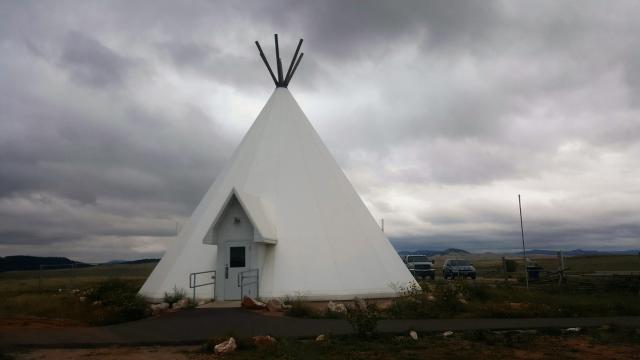Nestled just a short distance from I-90 in the stunning landscapes of northeast Wyoming lies the Vore Buffalo Jump, a captivating window into the lives and ingenuity of the Plains Indians of North America. This extraordinary archeological site not only reveals the intricate relationship between the indigenous peoples and the bison but also offers a unique educational journey through the history, science, and cultural practices that have shaped this region. Join us as we delve into the significance of the Vore Buffalo Jump through three highlighted aspects that make this site an invaluable part of American history.

History Unearthed
At the heart of the Vore Buffalo Jump are the remarkable findings that span over centuries. With more than 20 layers of artifacts and bone deposits, the site provides compelling evidence of its use as a strategic hunting ground from 1500-1800 AD. These findings offer us a rare glimpse into the pre-contact era, highlighting the sophisticated methods employed by the Plains Indians in their pursuit of the bison, a key resource for their survival.
The Science of Survival
Beyond its historical importance, the Vore Buffalo Jump serves as an incredible outdoor laboratory where visitors can engage with the science behind archeology. The meticulous excavation process reveals how archaeologists interpret the past through careful analysis of the soil and unearthed objects. Estimated to have seen the strategic capture and killing of at least 4,000 bison, the site showcases the ingenuity and ecological understanding the Plains Indians possessed to sustainably manage and benefit from the bison herds.
Cultural Legacy
Perhaps the most profound impact of the Vore Buffalo Jump lies in its cultural significance. The site offers a deep dive into the culture of the North American Plains Indians, illustrating how the bison hunt was central not just for sustenance but for spiritual and communal practices as well. Through exploring this site, visitors gain an appreciation for the deep connections and respect these communities held for the land and the bison, providing an essential perspective on the values that guided their lives.




